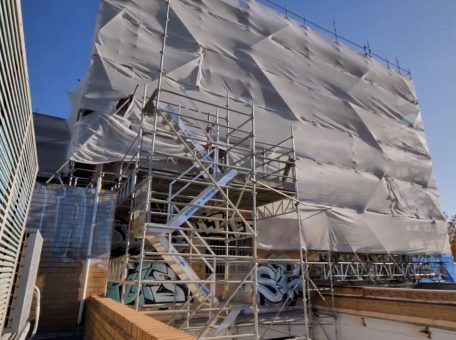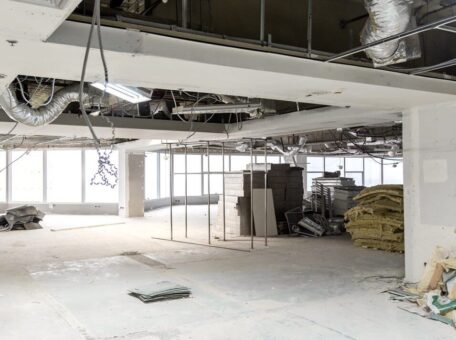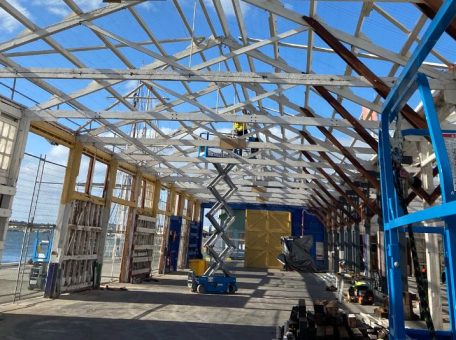
Warning Signs of Asbestos
Asbestos is a naturally occurring mineral that has many useful properties, which is why it was used for years to make cheap and durable building materials.
First promoted as a miracle product, as time passed asbestos became inextricably linked to debilitating human lung diseases, asbestosis, mesothelioma, and lung cancer if not contained or removed from your building.
The Australian Government banned the sale, manufacture, importation, and use of asbestos in 2003. However, buildings constructed before the 1990s almost certainly have some form of asbestos in them, which is where the importance of asbestos removal has stemmed from.
Undisturbed products containing asbestos are relatively safe because the fibres are bound together and sealed. The problems occur when asbestos products are sawn, drilled, sanded or broken which releases deadly asbestos fibres into the air. The fibres are small and easily inhaled deep into the lungs where they can lie dormant for up to 40 years before symptoms appear.
Sadly, asbestos-related illness is notoriously hard to treat, and even with advances in modern medicine, the mortality rate is high.
Know what you’re dealing with
The most common types of asbestos have all been associated with serious lung disease.
- Chrysotile (white asbestos) was the most commonly used form of asbestos and is still found today in roofs, ceilings, walls and floors of buildings. This was also used in automobile brake linings, pipe insulation, gaskets and boiler seals.
- Amosite (brown asbestos) was the next most commonly used, and is found in cement sheets, insulation, insulation boards, a variety of tiles, fire retardants and fencing.
- Crocidolite (blue asbestos) was also used to make commercial and industrial products. Because it’s less heat-resistant, it was not commonly used in industrial manufacturing.
Renovation can be bad for your health
While the use of asbestos is prohibited completely, a new wave of people with asbestos-related lung disease may be looming among home renovators. If your property is more than twenty years old, it’s likely that asbestos products were used during construction. So before undertaking any renovations, it makes good sense to have your home inspected and assessed by a person who is qualified and experienced in identifying asbestos and assessing the risk.
If asbestos is found, you want the peace of mind and assurance that it can be safely removed and disposed of. The health of yourself and your family can depend on it.
When you need expert advice
There are some things best left to the experts and the removal and disposal of asbestos products are one of them. In order to determine if asbestos is present, an inspector must be:
- appropriately trained, with knowledge and experience in identifying suspected asbestos materials and be able to determine risk and appropriate controls,
- familiar with building and construction practices to determine where asbestos is likely to be present and
- able to determine whether the asbestos material is friable or non-friable and evaluate it’s condition.
Based in Perth Western Australia, Focus Demolition has a team of highly skilled technicians solely dedicated to the removal and disposal of asbestos for all commercial buildings.
Asbestos-related operations are undertaken in accordance with Australian and International Safety Standards using state of the art technology and equipment. The safety of workers and our work practices reflect our progressive approach to dealing with hazardous materials and allow us to work in highly sensitive live environments.
For advice on asbestos-related issues, call us on (08) 9417 3227 or use the contact page on our website.



